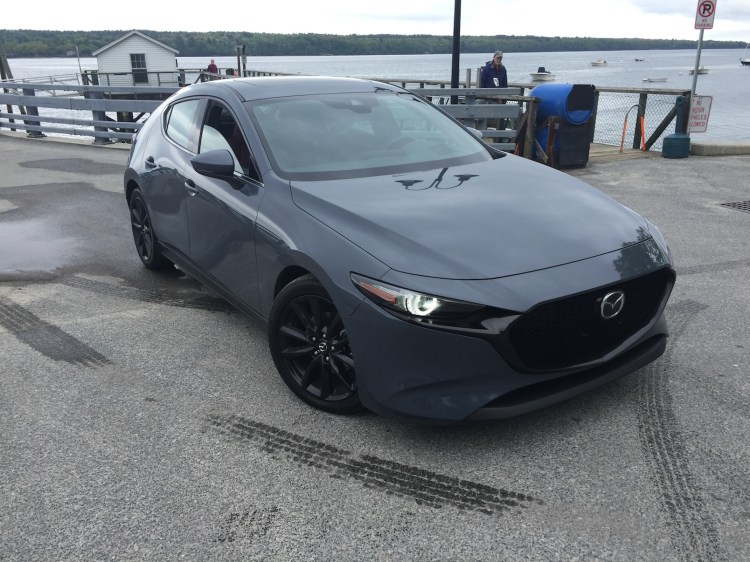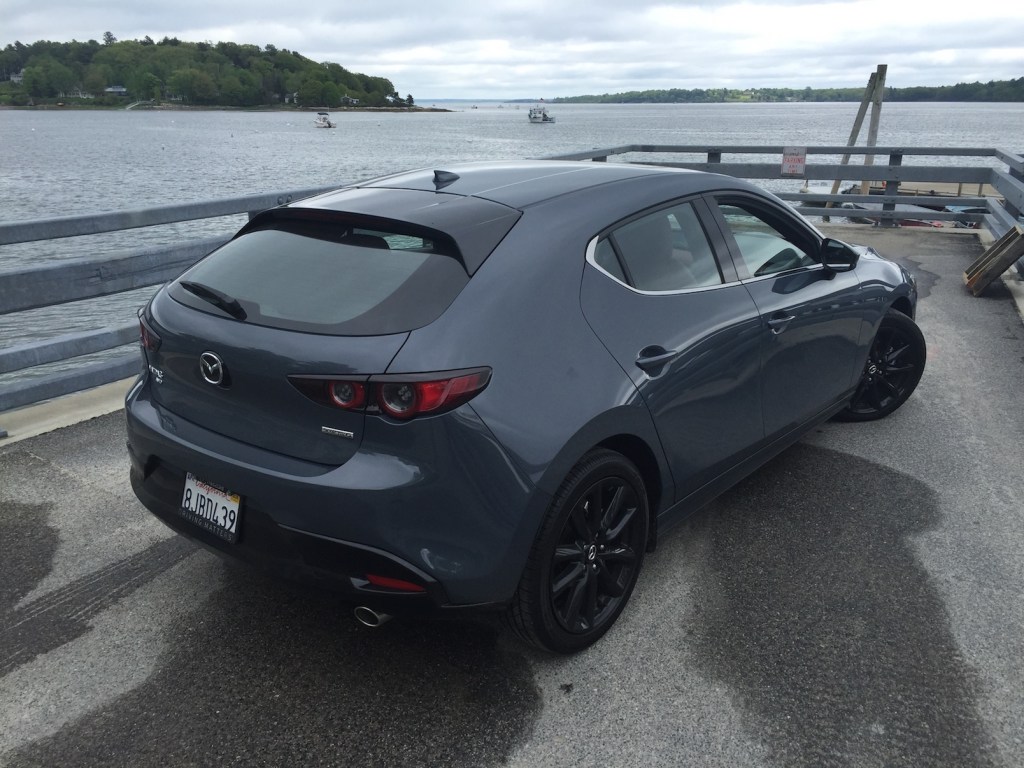Today’s compact cars are the best small automobiles ever offered by automakers. Stocked with safety gear previously reserved for luxury cars, and creature features that buyers crave, the latest compact offerings are neither cheap nor unappealing.
Unfortunately, the crossover buzz-saw has taken a big slice out of car sales overall. Since 2010, compact-car sales have dropped 25 percent in a market that has essentially grown by almost 40 percent.
Several automakers have abandoned small cars. Dwindling sales are compounded by low margins and little brand loyalty, against the allure of larger profits from trucks and crossovers. Dodge cut the disappointing Dart two years ago; Ford has ended Focus production for America; Chevy is killing the top-selling Cruze; and now VW has stated that the base Golf will not be offered in this market after 2019 (the GTI and R models will remain).
Who can blame automakers for making tough business choices when consumers won’t support what is offered?
That leaves the Civic and Corolla at the head of the segment, followed by the Korean small car offerings, and diminutive Mazda’s latest 3.
The fourth name-badge for the brand’s compact sedan and hatch series, which is now 40 years old and can trace its roots back to the original GLC (Great Little Car) that helped establish Mazda here, the latest iteration of the 3 series has sold more than 5 million copies worldwide since debuting in 2004.
Along the way, Mazda has experimented with different hatch versions, and for a few years produced a hyper-active MazdaSpeed model with a turbocharged-four ahead of all the current turbo-motors. It was truly a hot hatch, when the phrase first debuted.
Now Mazda is throwing consumers another curve: The latest 3 is available with AWD. Unlike all but the Subaru Impreza series, the newest Mazda 3 out-foxes its primary Asian rivals with an AWD system that improves dry-road handling and grip, while supplying foul-weather traction not available from the mainstream offerings in this class.
Wearing redesigned sheetmetal for 2019 that mimics the brand’s best-selling CX5 crossover, the newest 3 series continues with sedan and roomy hatchback configurations. Power comes from a 2.5-liter four (186-hp plus 186-pound/feet of peak torque); all trims use either a 6-speed manual or 6-speed automatic transmission. EPA ratings are 25/35 for front drivers; 3 mpg less on the highway for AWD models.
Pricing ranges from $19,000 for base sedans to $31,335 for our Premium AWD Hatch.
As before, the latest 3 retains the chassis finesse that makes this compact more engaging to drive. Steering feel, freeway path accuracy, and general responsiveness whenever you bend the wheel feels a notch above the class. Add the surety of AWD, and the new 3 feels even more buttoned down when pressing the chassis to work harder.
Other likes include a cabin that exudes a level of refinement and detail that also stands out from class norms, even as competitors move the bar up a few clicks. Instead of a gimmicky panel that rises out of the dash, the heads-up display now fills the lower windshield, and the 8.8-inch info screen offers better display graphics.
Textures, controls, and overall presentation might suggest Audi if the Mazda winged badge wasn’t present.
A few dislikes:
The electric parking brake automatically engages every stop, and releases slowly when getting underway. You can alter this setting, with some fiddling.
The nice info screen uses console-mounted controls only. They are too distracting and not that intuitive to operate, a penalty in an era when we should be making controls easier, not more complicated.
And, the laser-guided cruise system also employs lane departure control automatically. If you don’t signal lane changes when the system is engaged, the steering wheel actually fights your effort to move into another lane, as well as shake in your hands.
The Mazda also “knows” speed limits (the GPS based nav system) and turns the analog gauge to red when you exceed a posted speed limit. Knowing how many computers record various operating data in your car (literally dozens of systems track your car’s various operating components from windshield wipers to braking force) how soon is it before this data is retrieved or automatically sent to a third party like your insurance company, the DMV, or the local police?
The autonomous car will need to do all of this vehicle-to-vehicle and vehicle-to-third party communication in order to work, but are you ready to surrender all of your (private) operating data to someone else’s oversight? And the ramifications of how that data is used against you?
The fun of driving the new Mazda 3 is augmented by the new AWD, plus the versatility of the five-door body-style. Leave out the nanny-state electronics, and the 3 might get more drivers to leave crossovers for some Zoom-Zoom experiences.
Send questions/comments to the editors.




